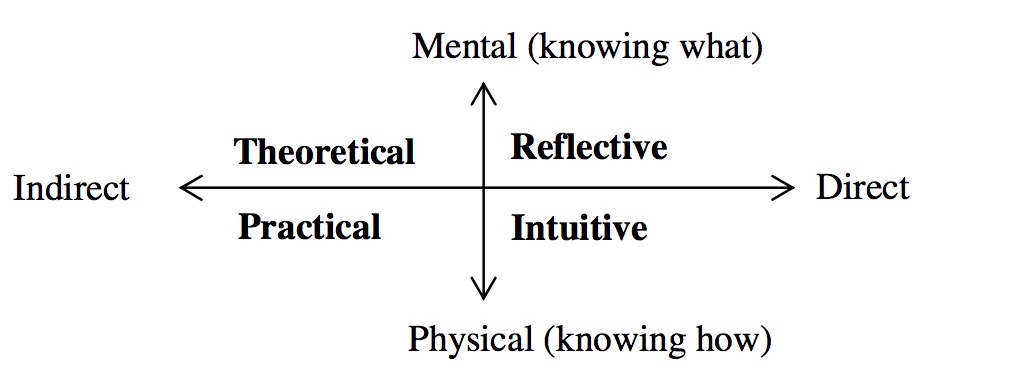11. Creativity
11. Creativity
Our imagination is the only companion chained to us for the whole of existence.
Charlotte Wolff (British psychotherapist)
One of the most interesting aspects of the human mind is that it can create its content. Such creations can take the form of thoughts and images. Furthermore, this process of creating them can be spontaneous and deliberate. So we will consider here all four combinations, starting with spontaneous thinking.
Spontaneous thinking: mulling over
Remember fast and slow thinking? You can repeat the experiment: close your eyes and count to 100. You will probably notice that, while you are counting, many thoughts are popping up into your mind spontaneously. This is going on all the time, not only when you are counting. Most of them come and go quickly but some can become circular and intrusive so it is a good idea to know what to do if this happens.
Keeping in check intrusive, obsessive thoughts
Avoid enforcing them by emotions. Such thoughts feed on emotional energy, so if you get upset or anxious about them, they will only get stronger. Suppressing them won’t work – accept and ignore them instead. If this doesn’t work, try the following:
- Reach some sort of resolution (make a decision, do or change something, accept, understand, forgive).
- Find something that could absorb you (e.g. puzzles) and focus on whatever you are experiencing or doing.
- Postpone your rumination (say to yourself: ‘ok, I will think about this between 7 and 7.30 this evening’).
- Externalise your thoughts through talking or writing (some evidence shows that the writing is even more effective if you throw it away afterwards)(1).

